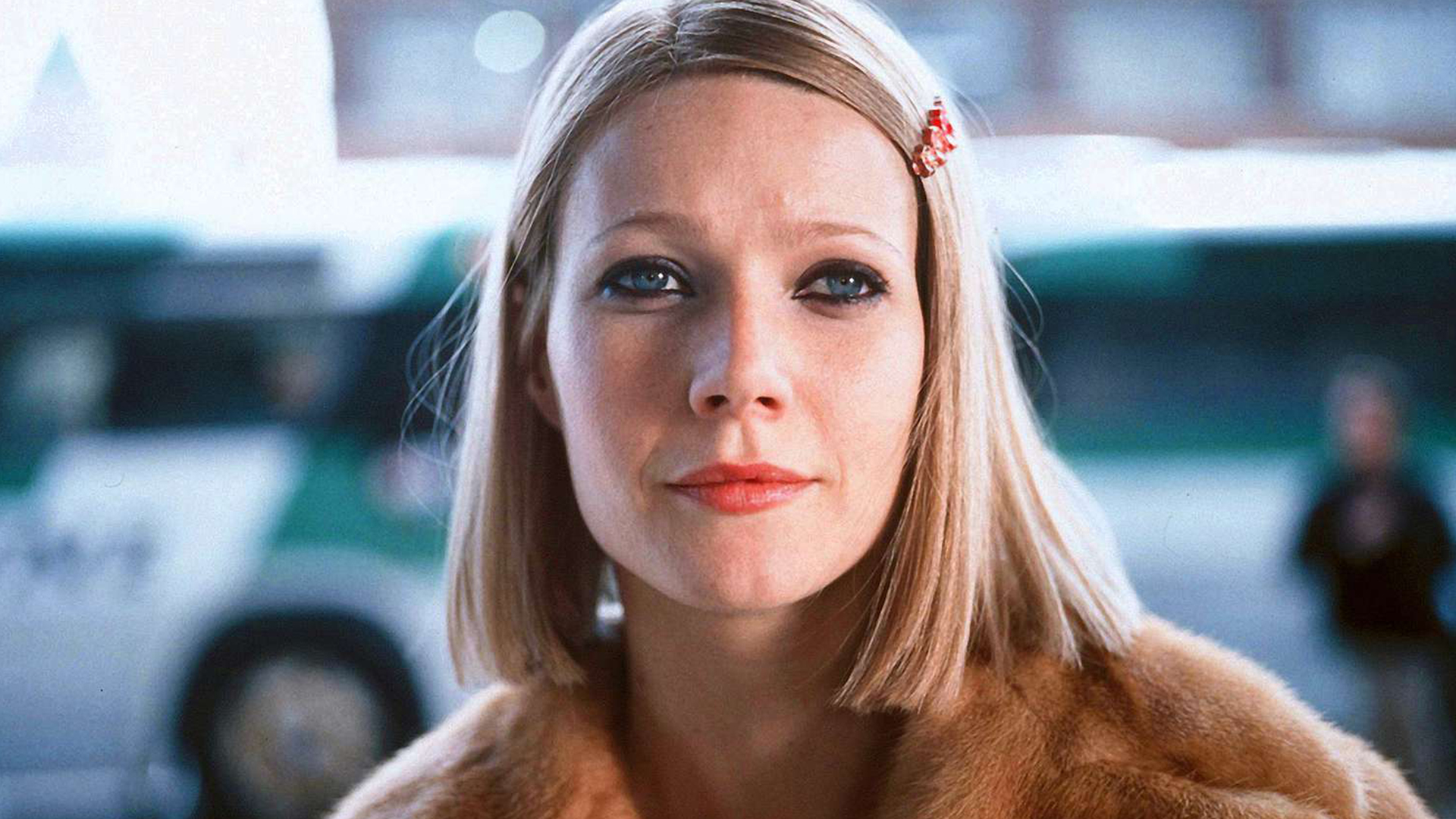Director: Ozan Adam
Turkey; 2013, 94; color, black & white
English, French, Japanese, Spanish; Turkish, English
The stories in the film take place in parallel realities where people live only for a very limited time as one character. The memories of the people are erased periodically and replaced with new ones. Adjustments are made on the details of the new memories so that everybody remembers himself or herself as if they have always been living as that character for their entire life. The film also metaphorically addresses the destruction of the identity and memory of the masses. It is a reflection on the daily urban, social, technological, political and global transformations. The spaces, streets, cities and the entire culture is in such an extremely rapid state of flux and transformation that it is as if the past is being erased and since the memories of the society are being destroyed, the identity of the individuals are being deleted and therefore social identity is demolished and artificially reconstructed. The rate, the scale and the level of this social and global transformation cause the degeneration of the society and the commodification of the identity, which leads to a form of massive social schizophrenia. Seintn’s memories cannot be entirely deleted therefore he suffers from multiple personality syndrome and he has no other way but to live with the bits and pieces of the memories of other people. He lives in oblivion to his condition. The detectives are after him for the “crimes” he has committed suspecting that he is a delirious serial killer who is responsible for numerous crimes and murders, yet the stories unravel differently than expected.
Trailer

The New Year is more than just a date change on the calendar. It often marks a turning point where the weight of past experiences is felt or the uncertainty of the future is faced. This season, Pera Film highlights films that delve into themes of hope, regret, nostalgia, and new beginnings.
Tuesday - Saturday 10:00 - 19:00
Friday 10:00 - 22:00
Sunday 12:00 - 18:00
The museum is closed on Mondays.
On Wednesdays, the students can
visit the museum free of admission.
Full ticket: 300 TL
Discounted: 150 TL
Groups: 200 TL (minimum 10 people)